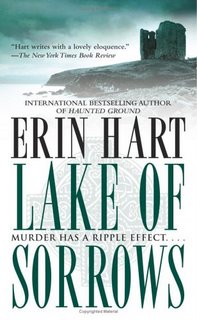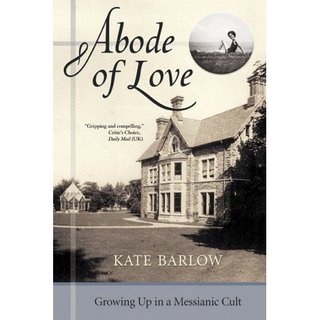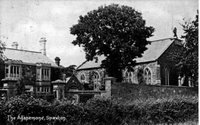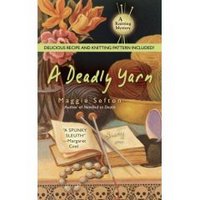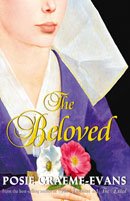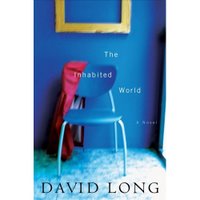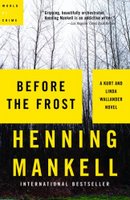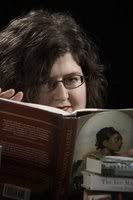 Anonymous Lawyer (AL) is the power-hungry, hiring partner at the Anonymous Law Firm where he is vying with The Jerk for the firm's chairmanship. In charge of the summer interns, his main focus is ensuring a fresh crew of drones to feed the firm’s insatiable need for billable hours and maintaining the leading position for the chair.
Anonymous Lawyer (AL) is the power-hungry, hiring partner at the Anonymous Law Firm where he is vying with The Jerk for the firm's chairmanship. In charge of the summer interns, his main focus is ensuring a fresh crew of drones to feed the firm’s insatiable need for billable hours and maintaining the leading position for the chair.On a whim, AL starts a blog in which he vents his true feelings: about the partners at the firm; about the battle with The Jerk; about employees who expect to have a work/life balance; and especially about the evil ways he dreams up to torment the lowly associates and interns. Quickly gaining a loyal following, AL’s blog threatens to destroy his career when someone inside the firm claims to know his secret.
Jeremy Blachman’s first novel Anonymous Lawyer: a Novel, based upon his satirical blog of the same name, is a scathing look at the legal profession through the eyes of his alter ego. AL has little good to say about his colleagues, his family or the summer interns who populate his blog entries. Some of the nicknames given characters are truly cruel: The One Who Doesn’t Know How to Correctly Apply Her Makeup; The One Who Missed Her Kid’s Funeral; The Guy With The Giant Mole; but Blachman has gifted many of them with distinct personalities, although those of his family are could benefit from further fleshing out. The only people AL shows any humanity toward are Anonymous Niece and Anonymous Son, and his reasons seemed based entirely upon the benefits they offer his career.
Composed of blog entries, email correspondence and an unsympathetic protagonist, Anonymous Lawyer shouldn’t work and yet, it is impossible to put down. Blachman has produced a novel that feels like an evil treat, readers will be secretly rooting for AL to triumph while feeling they are hiding a dirty little secret. Rooting for AL feels as depraved as hoping the Wicked Witch of the West beats Dorothy, and yet this reviewer expects that most readers will be doing just that.
Light on plot, Anonymous Lawyer nevertheless delivers a solid dose of humour and perfectly suited to hot summer days, when readers want nothing more than to be entertained.
Excerpt (to read a long excerpt, click here):
WEEK ONE
Monday, May 8
I see you. I see you walking by my office, trying to look like you have a reason to be there. But you don’t. I see the guilty look on your face. You try not to make eye contact. You try to rush past me as if you’re going to the bathroom. But the bathroom is at the other end of the hall. You think I’m naïve, but I know what you’re doing. Everyone knows. But she’s my secretary, not yours, and her candy belongs to me, not you. And if I have a say in whether or not you ever become a partner at this firm—and trust me, I do—I’m not going to forget this. My secretary. My candy. Go back to your office and finish reading the addendum to the lease agreement. I don’t want to see you in the hall for at least another sixteen hours. AND STOP STEALING MY CANDY.
And stop stealing my stapler, too. I shouldn’t have to go wandering the halls looking for a stapler. I’m a partner at a half-billion-dollar law firm. Staplers should be lining up at my desk, begging for me to use them. So should the young lawyers who think I know their names. The Short One, The Dumb One, The One With The Limp, The One Who’s Never Getting Married, The One Who Missed Her Kid’s Funeral—I don’t know who these people really are. You in the blue shirt—no, the other blue shirt—I need you to count the number of commas in this three-foot-tall stack of paper. Pronto. The case is going to trial seven years from now, so I’ll need this done by the time I leave the office today. Remember: I can make or break you. I hold your future in my hands. I decide whether you get a view of the ocean or a view of the dumpster. This isn’t a game. Get back to work. My secretary. My stapler. MY CANDY.
#Posted by Anonymous at 1:14 pm
ISBN10: 0805079815
ISBN13: 9780805079814
Publisher: Henry Holt and Company
Publication Date: July 25, 2006
Binding: Hardcover
tags: books book reviews Jeremy Blachman fiction weblogs Anonymous Lawyer

